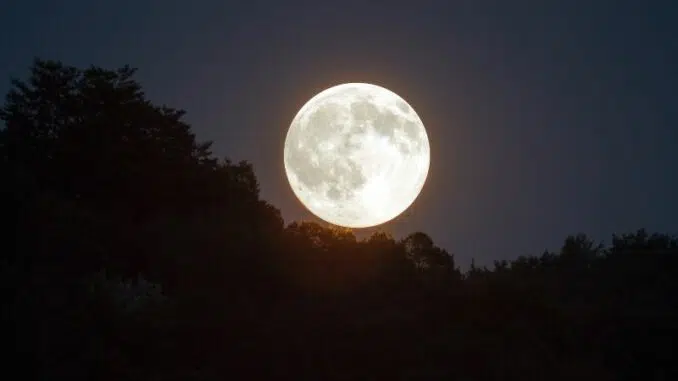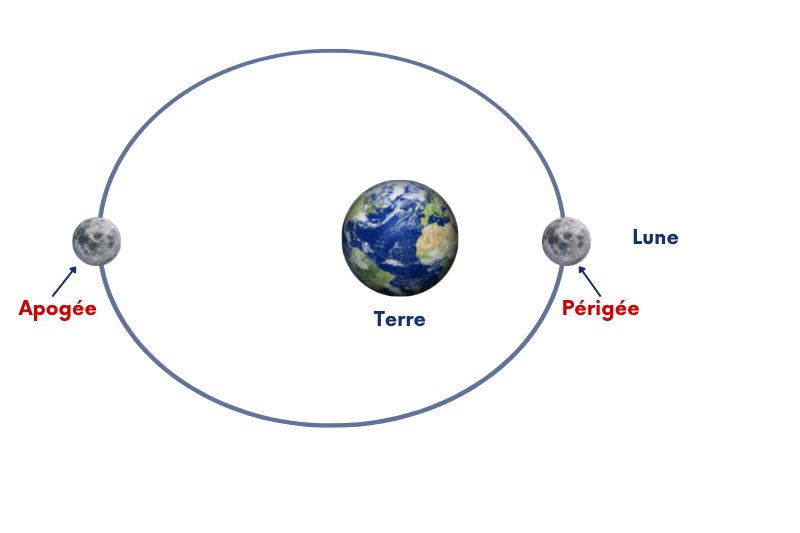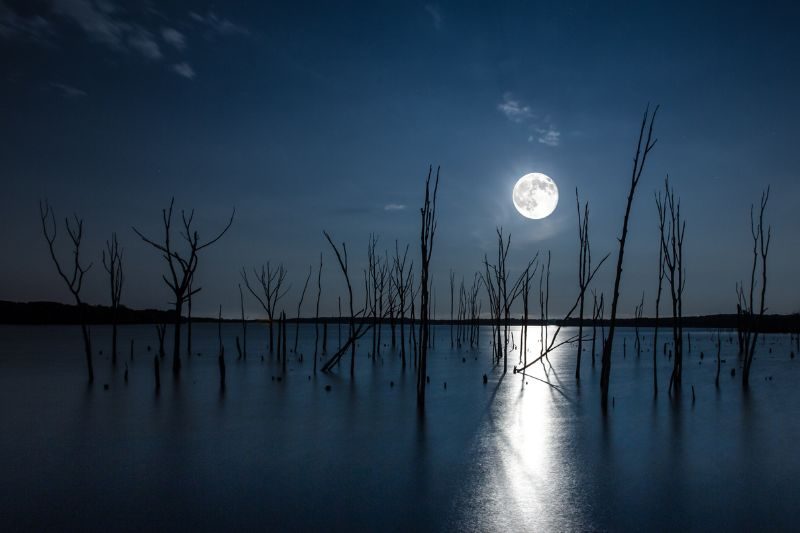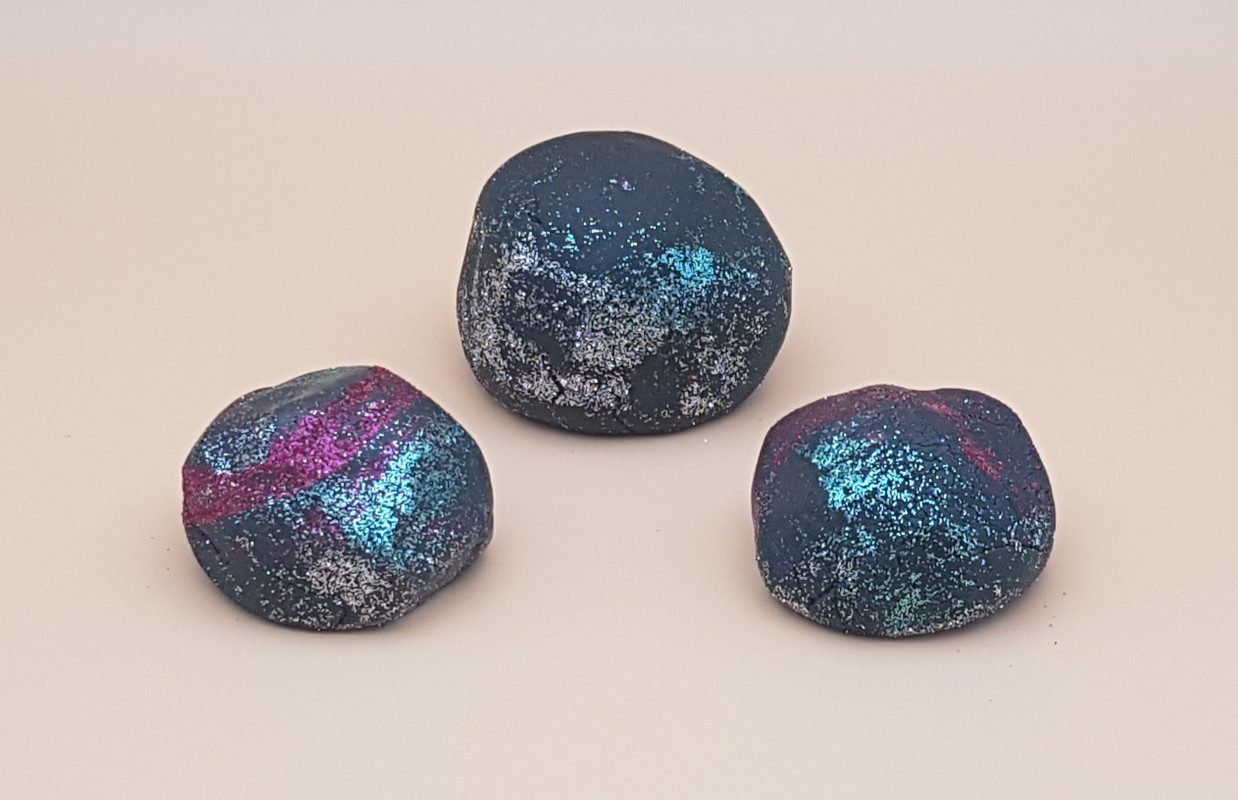
Sarah THOMAS
The night between June 14th and June 15th, 2022, if the sky was clear, you just needed to look up at the sky to watch a rarely-seen phenomenon: a super moon. It only appears on particular occasions. If you are lucky, you will have the chance to watch the moon as you have never seen it. What is a super moon and when does it appear?
The Moon, a Mysterious Celestial Body

Since the dawn of time, the moon has been at the heart of myths and theories, all weirder than others. For example, Sir William Herschel, a great astronomer who discovered infrared radiation, was sure that aliens were living on the moon. Some people think that full moons make us go crazy. In the 18th century, in England, people who had committed a crime during a full moon could get a smaller sentence. The reason: the diabolical effect that moon has on people drove them mad! Some legends even say that when there is a full moon, cursed people turn into werewolves. It sends shivers down your spine, doesn’t it?
It makes sense that the moon was at the centre of many legends because, at the time, nobody could fly up there and confirm, or deny, the myths. All they could do was watch that white ball in the sky that was changing every day. However, today, thanks to science and to expeditions to the Earth’s natural satellite, we know more about that celestial body.


Know Everything about the Moon
The moon is in constant movement: it orbits the Earth and rotates (like our planet). Those two movements are done on the same time scale, which means that the moon takes as much time to rotate as it does to orbit the Earth. We call this ‘synchronous rotation’. That explains why we always see the same side of the moon!
The cycle of the moon is called ‘lunation’, and each lunation goes on for around 29,5 days. In its cycle, the moon goes through eight different phases:
- The new moon: when the moon is exactly between the Earth and the Sun, we cannot see it.
- The waxing crescent
- The first quarter
- The waxing gibbous
- The full moon: the moon, the Earth, and the Sun (in that exact order) are aligned. From the Earth, we can see the entire face of the moon floodlit by the Sun. The moon looks like a lit disc in the sky.
- The waning gibbous
- The last quarter
- The waning crescent

Besides, the orbit of the moon around the Earth is egg-shaped. That means that, sometimes, the moon is closer to our planet than at other times. It would not be the case if the orbit was a perfect circle. We call this an elliptical orbit.

Moon Orbite
The orbit of the moon is the way the moon takes to go around the Earth

How to Take a Look at a Supermoon
To observe a supermoon, two conditions need to be satisfied. First, the moon has to be a full moon, which only happens once every lunation. Then, the moon needs to be at its closest point to the Earth in its orbit. We call that point the ‘perigee’. The moon is at its perigee once every lunar month. The only problem is that the full moon and the perigee do not happen simultaneously every month! In fact, the phenomenon can only be observed once every 14 months. That is why you cannot miss the supermoon when it lights our night sky. Waiting 14 months for a new supermoon is a long time!
When there is a supermoon, the satellite is 14% bigger and 30% brighter than usual. Impressive, isn’t it? On the night of the 14th of June, the sky was clear enough to enjoy a 5-star view on the favorite satellite of our planet!
Next supermoons will occur during the full moons of July, August, and September. In particular, the supermoon of August 31st will be the most impressive as it will be the closest to Earth.


Did you know?
On average, the super moon is 14% bigger and 30% brighter than the full moon


